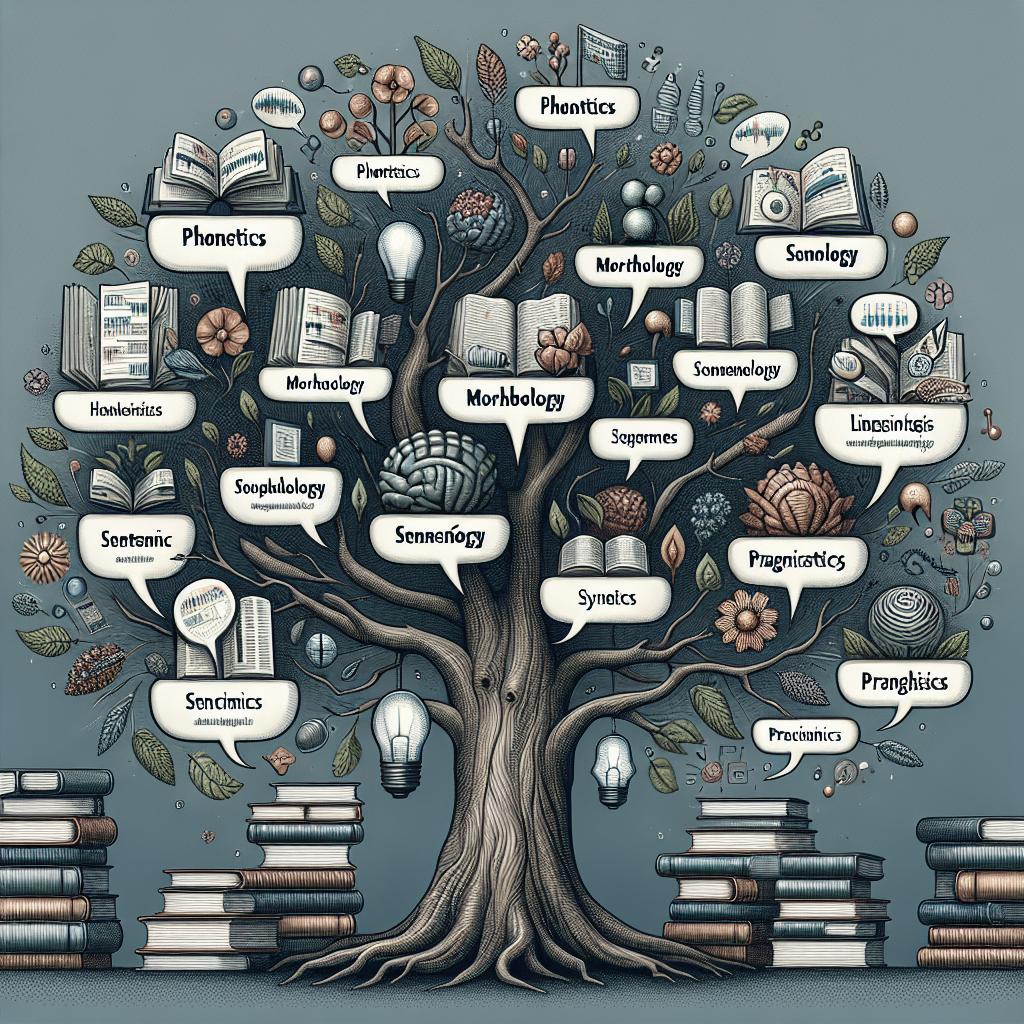< lang="en">
Historical linguistics, the study of how languages change over time, offers numerous insights into human culture, relationships, and cognitive processes. This field allows us to trace the evolution of languages, understand the reasons behind language changes, and deal with linguistic phenomena even in the absence of direct historical documentation. By understanding its sub-fields and engaging with its global reputation, we can uncover valuable perspectives on cultural and societal transformations, linguistic diversity, and comparative linguistics. In this blog post, we’ll delve deep into these benefits and discuss reliable sources for further exploration on the subject.
Why Study Linguistic History?
Studying linguistic history enables us to comprehend the development and evolution of languages over centuries. By examining language patterns and transformations, we can gain a deeper understanding of human history and societies. This study underpins our knowledge of ancient cultures, migration patterns, and social interactions. Recognizing the historical context of languages can provide insights into cultural identity and transmission.
Additionally, historical linguistics enhances our grasp of modern languages. Understanding how languages have transformed over time aids linguists in identifying roots, affixes, and cognates. This knowledge not only enriches our vocabulary but also enhances our language learning and teaching methodologies, providing practical applications in educational settings.
The Nature and Causes of Language Change
Languages are dynamic and constantly evolving entities. Changes in vocabulary, syntax, and phonetics are influenced by several factors, including social, political, and technological developments. Historical linguistics investigates these changes and explores the mechanisms driving them.
One of the main causes of language change is social interaction. As communities interact, trade, and migrate, their languages often borrow elements from one another. This exchange leads to linguistic innovations that reflect cultural exchanges and adaptations. Additionally, the advent of new technologies and media necessitates new terminologies, further driving language evolution.
Dealing With Historical Gaps
One of the significant challenges in historical linguistics is dealing with historical gaps where there are no direct records or documents of language use. Linguists employ comparative methods, examining similarities and differences among related languages to reconstruct the features of their common ancestors.
These reconstructions, although indirect, provide crucial insights into ancient languages and their relationships. By analyzing reconstructed languages, linguists can make educated inferences about the cultures that spoke them, shedding light on early human societies and their interactions.
Sub-fields
Historical linguistics encompasses several sub-fields, each focusing on different aspects of language change. Phonology, for example, studies the systematic organization of sounds in languages. Understanding phonological changes helps trace language evolution and accents’ development over time.
Morphology, another sub-field, investigates the structure of words and the formation of word forms. By examining morphological changes, linguists can gain insights into how languages simplify or complicate their grammatical structures. Syntax, the study of sentence structure, also plays a crucial role in understanding linguistic history, offering clues about how languages have reorganized their grammar over time.
A Global Reputation
Historical linguistics holds a global reputation for its interdisciplinary approach. It intersects with anthropology, archaeology, and history, creating a comprehensive picture of human development. Scholars from various fields collaborate to enhance our understanding of language evolution and its implications.
This global approach not only enriches the field of linguistics but also contributes to a broader intellectual landscape. By studying linguistic history, we can foster cross-cultural understanding and appreciation for the diversity and richness of human languages.
Sources
To delve deeper into historical linguistics, several sources can provide more in-depth knowledge and research insights. Academic journals such as « Diachronica » and « Journal of Historical Linguistics » publish cutting-edge research in the field.
Books like « Historical Linguistics: An Introduction » by Lyle Campbell and « The History of Languages: An Introduction » by Tore Janson offer comprehensive overviews and detailed explanations of key concepts and methodologies. Additionally, many universities offer courses and online resources dedicated to historical linguistics, making it accessible for anyone interested in the subject.
Next Steps
| Aspect | Key Points |
|---|---|
| Why Study Linguistic History? | Understand language evolution, gain insights into cultural history, improve language learning |
| The Nature and Causes of Language Change | Social interaction, technological advancements, and cultural exchanges drive language change |
| Dealing With Historical Gaps | Use of comparative methods to reconstruct ancient languages and infer cultural details |
| Sub-fields | Phonology, morphology, syntax each contribute unique insights into language evolution |
| A Global Reputation | Interdisciplinary approach involving anthropology, archaeology, and history fosters cross-cultural understanding |
| Sources | Journals: « Diachronica », « Journal of Historical Linguistics »; Books: « Historical Linguistics: An Introduction », « The History of Languages: An Introduction » |


